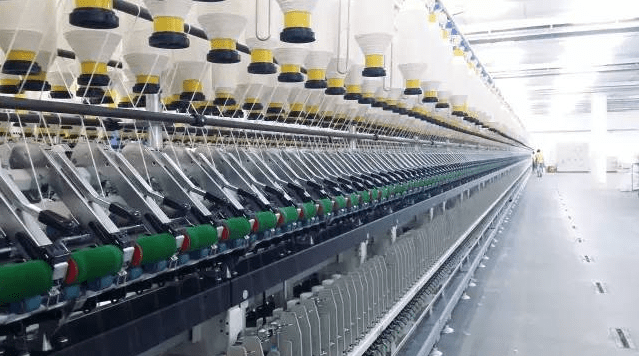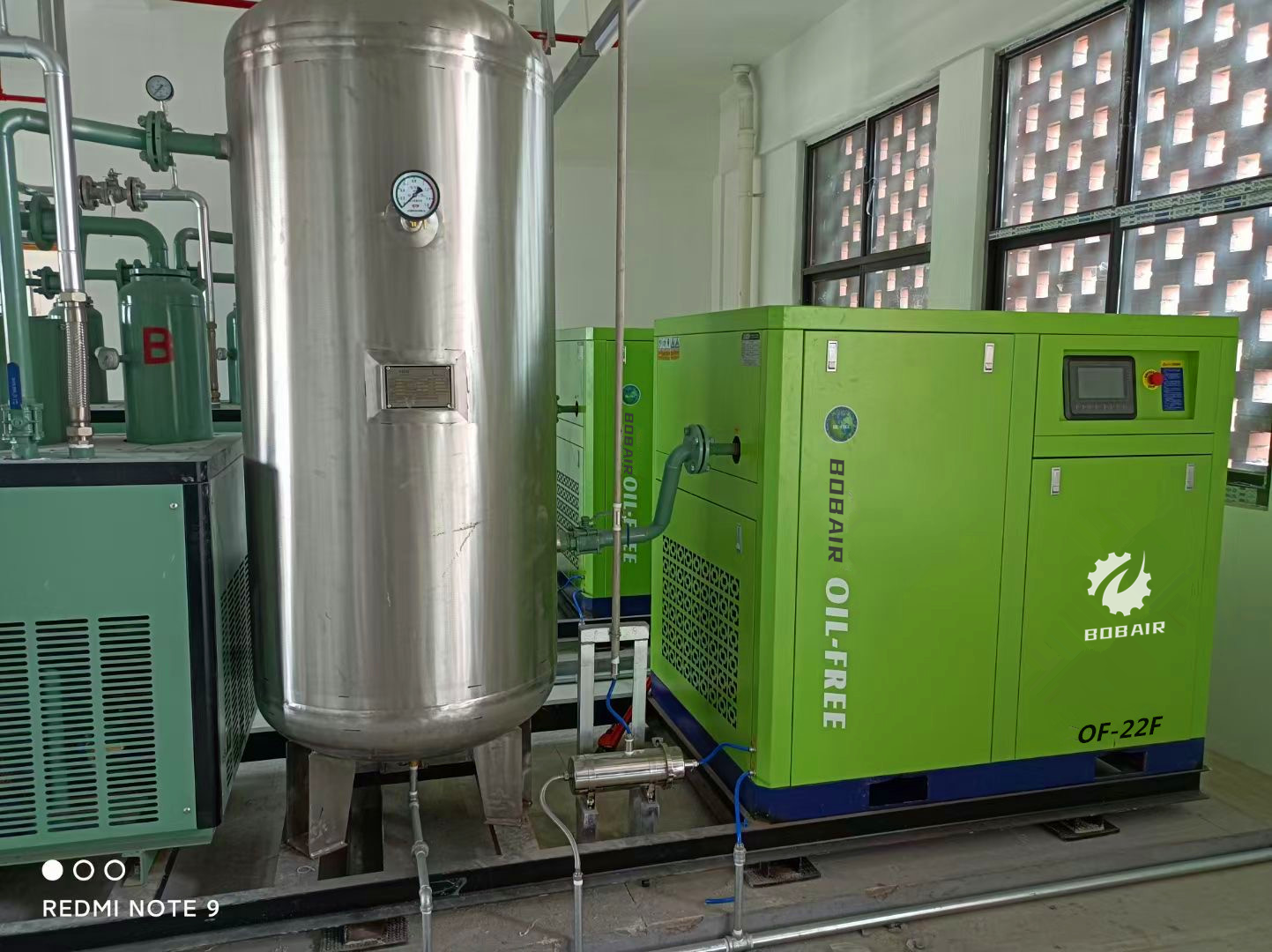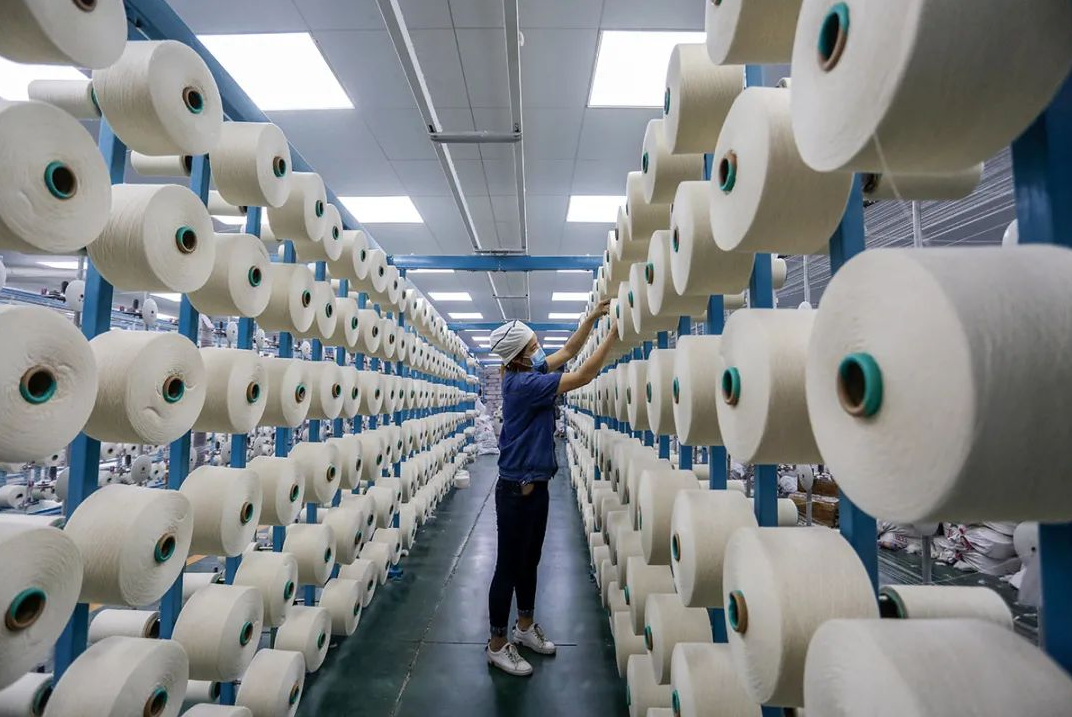As an important part of traditional manufacturing industry, the textile industry requires a large amount of compressed air during its production process. Traditional textile machinery usually uses oil-lubricated air compressors to provide power. However, with the advancement of technology and the improvement of green requirements, oil-free air compressors are increasingly used in the textile industry.
Requirements for Air Compressors in Textile Technology
Three major requirements for textile technology
1, Oil content: Oil particles in compressed air will contaminate fabrics, produce defective products, and adhere to the nozzle outlet, affecting the nozzle injection force and jet airflow trajectory, reducing the weft insertion effect and worsening the weft insertion. Oil particles adhering to the reed will increase defective products, and the dispersion of oil particles in the air in the production workshop will pollute the environment and endanger the health of employees. Therefore, oil particles with a diameter greater than 0.01μm should be filtered out and the maximum oil content should not exceed 0.1 mg/m³.
2, Moisture content: The moisture content of the compressed air used for weft insertion of the air-jet loom cannot be too high, otherwise the moisture will precipitate in the compressed air pipeline and condense into water droplets, causing dust to adhere to the pipe wall and increasing the pressure loss along the pipeline. And water droplets are produced at the nozzle, which affects the spray quality and causes corrosion of the reed and nozzle loom components. Therefore, the pressure dew point of the compressed air should be set below 4°C.
3, Dust content: Since the meshing gap of the air compressor is very small, dust and carbon powder in the air will accelerate the wear of the compressor and reduce the life of the screw. Impurities, dust and carbon powder above 1 μm should be removed. The maximum dust content in the air The concentration should not exceed 1mg/m³. Among the three main influencing factors, the oil content of the air is crucial to the selection of air compressor models and operating costs.
Application of Oil-free Air Compressor in Textile Industry
4 pplication of oil-free air compressor
1, Air-jet loom: Air-jet loom is a modern textile equipment that uses jet airflow to control the formation of cloth. The oil-free air compressor can provide stable compressed air flow, ensuring the normal operation of the air-jet loom and the quality of the fabric.
2, Pneumatic conveying: Textile production requires a large amount of material conveying, and pneumatic conveying is a commonly used method. Oil-free air compressors can provide stable high-pressure air flow, ensuring the reliability and stability of material transportation.
3, Automatic control system: Textile machinery usually uses automatic control systems to control the operation and production process of the machinery. Oil-free air compressors can provide stable compressed air and power sources for automatic control systems, ensuring the stability and reliability of the system.
4, Cleaning and disinfection: Regular cleaning and disinfection are required in textile production to ensure product hygiene and quality. Oil-free air compressors can provide pure compressed air for cleaning and disinfecting machinery and production environments.
BOBAIR Oil-free Air Compressor, Your Best Choice forost Clean Compresed Air.
Post time: Mar-26-2024



